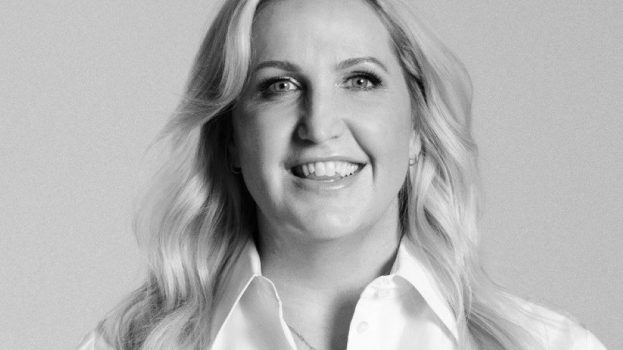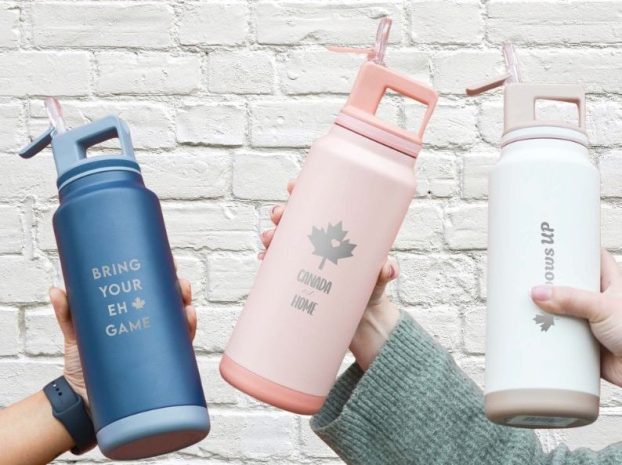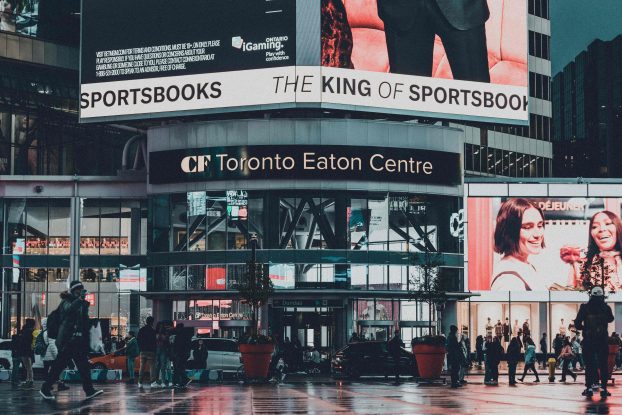I was in Washington last month helping out on a rather massive event held by our international doc/non-fiction biz sister brand Realscreen. And while I had nary a sighting of Obama, or the White House for that matter (do not go sightseeing at night), I did get a reality check on the new American consumerism. Or lack thereof.
As part of my duties at the Realscreen Summit, I was charged with introducing futurist Marian Salzman, CMO of Porter Novelli and a long-time and eerily accurate source of big-picture what’s-next intel for strategy. Her starkest observation? Shopping – as a national pastime – is dead. When she shared that tidbit with a group of international commissioning editors, a full-blown argument broke out. It wasn’t a welcome subject.
The reality is likely less dire here. Consumers are less freaked out (so far). However, ignoring a fundamental culture shift – regardless of how long-term it may be – is not a wise call.
A recently-released Synovate global economy and prices survey found Canadians more optimistic about their prospects than their global peers (based on a study of over 11,500 people across 18 markets, fielded in November). The Brits are bleakest (three quarters say the economy is going to get worse), followed by the U.S. (69%). Here, 54% of the population thinks the economy will worsen.
Globally, job loss was the biggest fear, but in Canada, losing on investments topped the list, with 23% saying it’s their number one nightmare. And over half of us here have cut down on spending. Canadians are also buying less on impulse (53%) and luxury (52%), while 42% say they’re comparing prices. Given the findings, Synovate’s global director of knowledge management and insight Mike Sherman said, ‘The old rules no longer apply. In times like this, brands should show what they’re made of. To make sure a brand is one of the winners, marketers first need to know what people are doing, feeling and buying.’
Porter Novelli’s research found major shifts in thinking regarding what’s worth time and money. Salzman explained that in the new consumer mindset, value is about the basics and no frills – ‘luxury feels like insanity.’ Which is why Loblaw’s national brand-level support for its No Name line resonates (see p. 24). Rather than diminishing the Loblaw experience with a discount message, it just feels right now. Is the unbrand the new brand?
This is not all strictly recession-related. From books to the blogosphere, there’s evidence of more people kicking their retail-as-therapy habits over the past few years. Factor in boomers’ changing fortunes triggering a consumption slowdown, and a movement to savings over acquiring, and it tips to what some pundits are calling a global structural shift.
Salzman explains that some of the motivation is tied to behaviour that helped trigger the crisis: ‘Even before the economy turned they felt they had too much stuff, and spent a lot of time in organizing stores trying to store all their stuff.’ Ring a bell?
Instead of hitting the road for retail therapy, Salzman finds people are scratching that itch with sessions of media munching. ‘Digital is now the ultimate consumer category; this is where you spend your time and money,’ says Salzman, concluding, ‘people are looking for new ideas, new ways of coping.’
What does it mean for brands? There’s an opportunity to be part of the solution if you respond quickly and hit the right note as people rethink their habits. It may require becoming relevant in new ways. Brands that were built by creating perceived value or by forging aspirational associations, may need to develop real value and forge useful associations.
And stop using the word ‘consumer.’ Test your ideas by asking: ‘would people care about this? Would I?’ That’s a real value reality check.
Cheers,mm
Mary Maddever, exec editor, strategy, Media in Canada and stimulant























